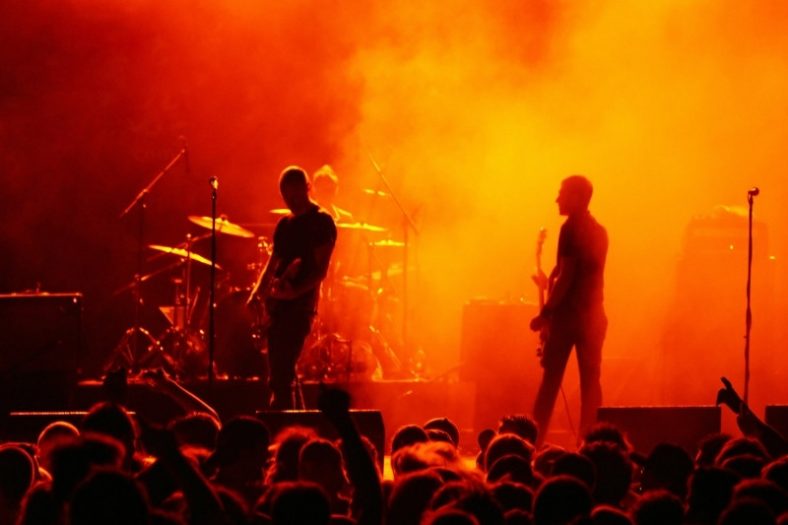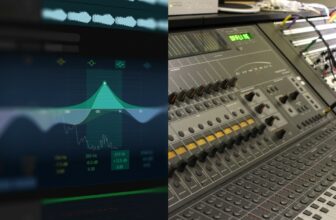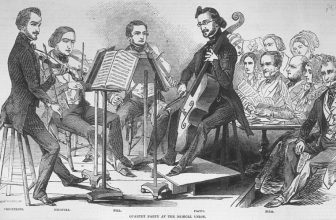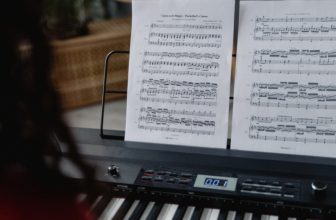What is Vamping in Music?

A vamp is when you repeat the same chord or chord progression with progressive elements before, in the middle, or after a solo. The term “vamp” is used to describe “any recurring figure or pattern”.
As the vamp proceeds, you may incorporate more notes, harmonies, and distinct rhythms to make it more interesting. So, the listener will be completely taken by surprise and will have no way of knowing when things will shift.
It is also probable that this phrase has been misunderstood. It does not refer to “any instrumental element in a vocal number,” nor does it have the same meaning as “intro”. Even though, a song may begin or end with a vamp at any point during the song.
Why it’s called vamping
When you look at the dictionary, you see that the two definitions of vamping, as a verb, are repairing or improving something. An ad libitum (free rhythm or expression) repetition of a basic rhythmic and harmonic line performed in anticipation of a soloist’s entrance. “Vamping till ready” as an expression comes from this practice.
What you’re doing is repeating the same chords over and over again. Joined by the other instruments one at a time, they continue to play the same motif if you are in a group setting.
As a result of the vamping, the listener is trying to figure out when the song is going to change. But, they don’t know when it is going to change. This provides an opportunity for the other musicians to develop their sections.
The soloist decides how long it will be. This is what makes it different from ostinato. Musicians don’t vamp only to keep the audience busy while the soloist takes a pause or similar. It is an alternative way to highlight a specific part.
There are times when a musician will add scale tones and other patterns when vamping. This will make the melody and harmony even more interesting and unique.
Where it’s used
In today’s mainstream culture, at least one vamping harmony may be heard in nearly every song. But before, you may want to see how it came to this point:
Musical theatres and cabarets love vamping. Jazz, soul, pop, and the blues are some of the most common musical genres to which they’ve been linked.
You can find one or more open-ended vamps that serve as the basis for a complete composition in modal jazz, Latin jazz, jazz-rock, and other jazz-and-popular music fusions.
Over time, the practice of vamping has evolved. Single chords or numerous chords can be used as a vamp in country, rock, and R&B.
Hip-hop music frequently employs harmonic vamps also included in a few gospel tunes. However, pop music is where it’s more common to hear.
Why it’s used
The main reason is to gain some time and space for musicians, especially soloists, without making it clear to the audience. Maybe this is how vamping in music developed.
A more recent version may be that during the intermission between songs, the guitarists put on a show of their own. They use vampings as a temporary solution. The songs based on vamping are used in this way because they are often fascinating due to their extended catchy and funky tunes.
In time, another reason behind using vamps has also shown up. For example, sometimes you can’t get enough of listening to, playing, or singing a specific part of a song. It can be the rhythm, motif, harmonic pattern, or even lyrics that make you want to go there again and again.
If you are making your music, you try to use vamps to take that part and perform the chord progressions for an extended duration. Many great artists have been using this method and it makes sense.
The vamping harmony attracts the attention of many listeners, even if they don’t realize it. Many artists have been using this method.
Popular Songs
Miles Davis’ style is one of the most popular vamps done in music. He was the master at it. When Miles Davis recorded the song “Someday My Prince Will Come” on the album of the same name, in 1961, Wynton Kelly was playing a beautiful piano ostinato before Davis began the melody, and the ensemble repeated that vamp at the end of the piece.
James Brown is a significant source of inspiration for many people. “Doing It to Death” is highly recommended for having an idea about how vamping became so popular.
“Take Five”, by Dave Brubeck is a very well-known song that comes to many people’s minds as a great example of vamping in which the melody alternates between two minor chords.
Summary
Vamping in music is used to gain time and space for musicians that are performing. Vamping is also used to highlight certain aspects of a song like one motif or a minor component of the rhythm, harmonic pattern, lyrics, and so on.
Musicians don’t only vamp to keep the audience busy while the soloist takes a pause or similar. Vamping is a way to make a song more interesting and unique. It can also be used as an alternative way for musicians to develop their sections in a song.
You can find vamps in many genres such as jazz, rock, R&B, soul, pop, jazz fusion, and even country music. Vamping is used because many musicians have found it fascinating due to its extended catchy and funky tunes.
Using vamping is one of the most common methods for musicians to create their songs. Even if you don’t realize it, vamping attracts the attention of many listeners. Many great artists have been known to use this method and find it very effective.





